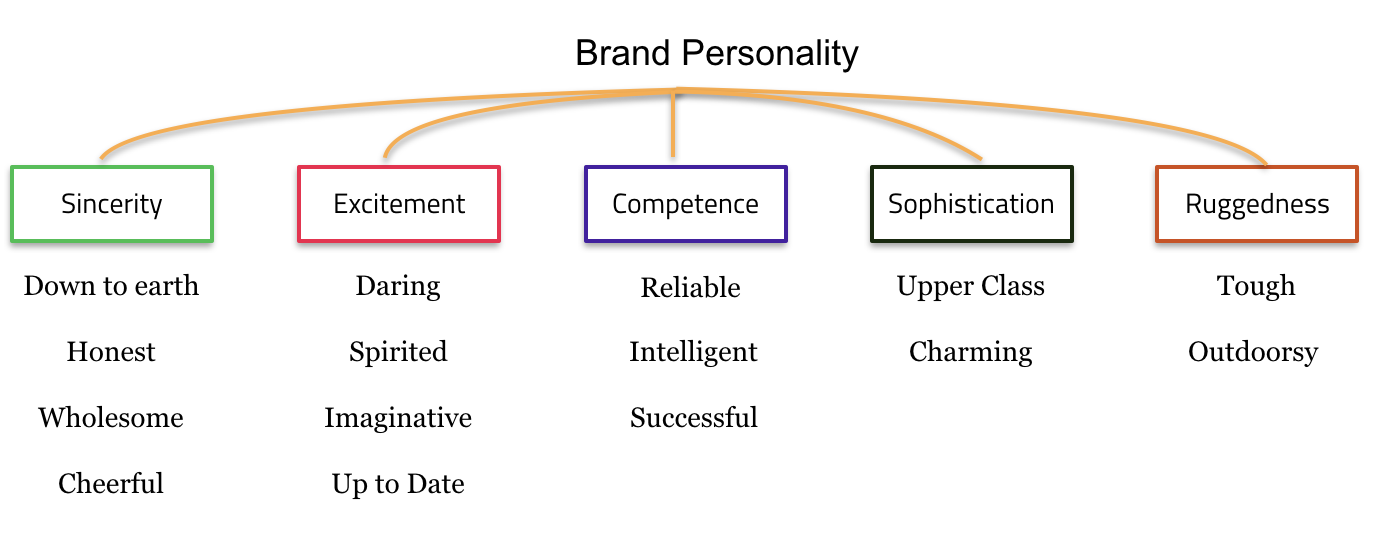rand positioning is an abstract concept that businesses should aim to establish in the minds of their target consumers. It is the strategy of how and what you want your target consumers to view your brand. A strong brand positioning can be acquired through delivering relevant and desirable imagery and exceptional competitive distinctiveness that appeals to your target consumers.
But what are the important elements that we should focus on in order to establish a successful brand positioning?
Identify Your Target Consumers
This is by far is the most essential question, and that is, to whom are you selling to?
Get in touch with your customers continuously, update your customer personas quarterly, talk to them directly. This will help you in establishing who you are and how your customers should see you, as a brand.
Establish Brand Personality
After a long nights talk with your customers of knowing each of your personas really well, you need to think of who you are.
What are the core values that you’d like to bring in your brand? What do you believe in? Your brand’s personality reflects on who you are. And that should be relevant to your target consumers in order for them to know more about your brand.
Two decades back, Aaker established 5 main themes in 1997, it includes the supporting concepts of each personality dimension, which can be used for your brand personality.

Another brand personality template that you can use is the 12 Brand Archetype.
The main point of it is to address the idea that personality should be relevant to your product or service, and to your customers.
Frame of Reference
A frame is beneficial to both your customers and your brand. Frame of reference will help in answering the question of who you are competing with. Looking from a consumer’s perspective, you already know what the options that you could choose from are when you want to purchase from certain product category. For example, when thinking to purchase a high-end smart-watch, brands such as Apple Hermès, Tag Heuer & Louis Vuitton smart will automatically come to mind. These brands have registered a frame of reference in your mind.
Frame of reference helps brands to accommodate and to assess their strong and favorable points from their competitors. If you know who you are competing with, you will know how to differentiate yourself from them.
Stand out. Be Different.
Buzzwords that have been circulating around for years now. Although quite difficult, it is simple. Here are two key elements that will help you in differentiating your brand:
Points of Difference (PoD)
The main objective of PoD is to register the “Reason to Buy” in your customer’s mind. This is what makes you different from the others. It could be built quality, imagery, price point, user experience, features or benefits. For example, Apple as a brand, stands out from the others due to their sleek and stylish design, exceptionally built quality and their ability to make the consumer electronics prestige.
PoD consists of three things - Strong, Favorable and Unique (SFU)
Strong: What are the conceptual perceptions that have been strongly registered towards brands
Favorable: What are the features of the brand that are favorable?
Unique: What makes them different?
Be mindful that the ‘Strong’ component in SFU is not necessarily positive, it could be negative as well. For example, what is the strongest point that you can find in McDonalds? Personally, I find that their strongest point is their junk food.
Brands should therefore, build and evaluate their SFU continuously through asking their customers in consumer research.
PoDs are shifted over time, as technology and the competition get tougher, it will lead to the Points of Parity.
Points of Parity (PoP)
The goal of PoP is removing the reason not to buy. The field of competition is constantly getting tougher and as a brand, it will be difficult to maintain in the same PoD position for years. For example, Nike’s PoD was when they first launched their ‘Air’ technology for comfort in their running shoes. But looking at the market now, every other shoe brand is doing the same. Puma called their comfort feature ‘Ignite’, Reebok with ‘Hexalite’ and Adidas with ‘Boost’. And as of now, the in-house comfort technology for running shoes have become a prerequisite. Consumers are aware of the comfort technology and don’t really want to buy another pair of running shoes without them. Causing these comfort technologies in running shoes to be the Points of Parity, eliminating consumer’s reason not to buy.
Assess the unique features that your brand has in your product or service, and see if others are doing the same. And if most of your PoDs are now PoPs, prepare yourself to find another PoD that is relevant and favorable in your customer’s point of view.

